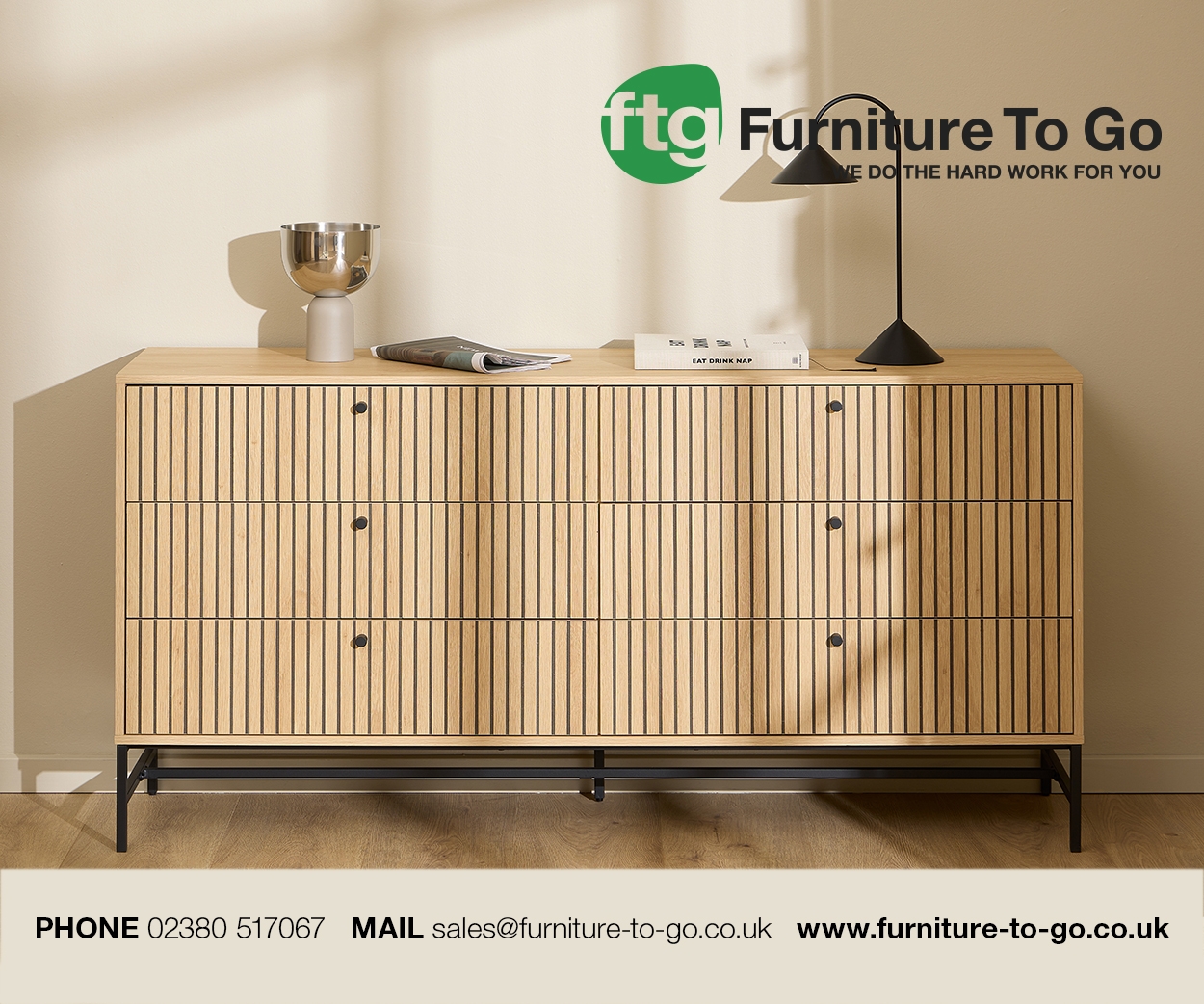Once firm fixtures on our high streets and retail parks, many department stores and high-profile brick and mortar retail chains are announcing massive store closures as billions of pounds in sales are moving from in store to online. While this has created issues for some, others are migrating to new strategies in order to meet the needs of consumers – this includes establishing relaxed return policies to remain competitive and implementing ongoing programs to effectively deal with those returns. Ben Whitaker, director for the EMEA region at B-Stock Solutions – a technology-enabled company powering the largest network of private-label B2B liquidation marketplaces – explains the ways in which indie retailers can keep up.
Relaxed return policies build customer loyalty but also drive a culture of impulse buying – consumers are more inclined to make purchases knowing they can return items with minimal hassle. In ecommerce, returns are even more prolific as buyers - accustomed to free shipping and returns - are more likely to purchase several styles of the same product and send back the ones that they don’t want.
This trend of easy returns, and the growing cost associated with it, is having a major impact on retailers of all sizes. This is especially evident when it comes to products that can’t be returned to store or virtual shelves and are slated for liquidation. Whilst furniture retailers will often have stipulations for what can be returned and in what condition, this does not prevent items coming back that can’t just go back into normal stock rotation.
For smaller, independent furniture retailers with already thin margins and limited resources, it’s essential that they understand the true value of this stock and reassess whatever programs they have in place for the handling and remarketing of it.
Typical methods like selling it to a middleman or negotiating offline with a handful of buyers inevitably leaves money on the table, as liquidators aren’t forced to complete and will negotiate prices down in order to maximize their own profits instead. What’s more, any time spent negotiating deals for merchandise takes focus away from core business activities.
So what options are there for an independent furniture retailer looking to quickly turn its returned and excess stock into the most amount of cash possible? Rather than losing time and money to a liquidator, the most viable solution is to bypass layers of middlemen and sell directly to an established base of business buyers, who can then sell directly to their consumers.
Even if your returned and excess inventory has little value to you, there is likely a robust secondary market and buyer base for furniture, regardless of style or condition. Leveraging a business-to-business online auction liquidation marketplace helps you access this buyer base. The best marketplaces come with an established and vetted base of thousands of active buyers who will compete for your stock via online auctions, pushing prices up rather than a handful of liquidators negotiating them down.
This type of solution, when used properly, can boost recovery by anywhere between 30 and 80 per cent, and potentially much more. What’s more, it will help deliver a faster sales cycle, quickly turning your returned and excess inventory into cash, as well as automating the process and generating proprietary market intelligence in the form of real data on market prices.
There are a few best practices you should apply to get the most out of a B2B liquidation marketplace platform. For example, how your inventory is assembled and who it’s marketed to can have a huge impact on end price. It’s best to segment auction lots by product type, condition code, original MSRP per item, and location.
Additionally, having a consistent supply of inventory will drive higher prices – regular auction listings will help you develop loyal followers and buyers, positively affecting recovery. Finally, providing a good customer experience is key. In an auction environment happy bidders will be return bidders, and can boost prices by double digits.
With today’s buy it, try it, and take it back - with no questions asked - shopping culture fuelling frequent returns, it literally pays to rethink whatever program you have in place for the handling of returned stock. In the case of liquidation: every pound increase in recovery value, or reduction in expense, equals another pound of profit for you.











